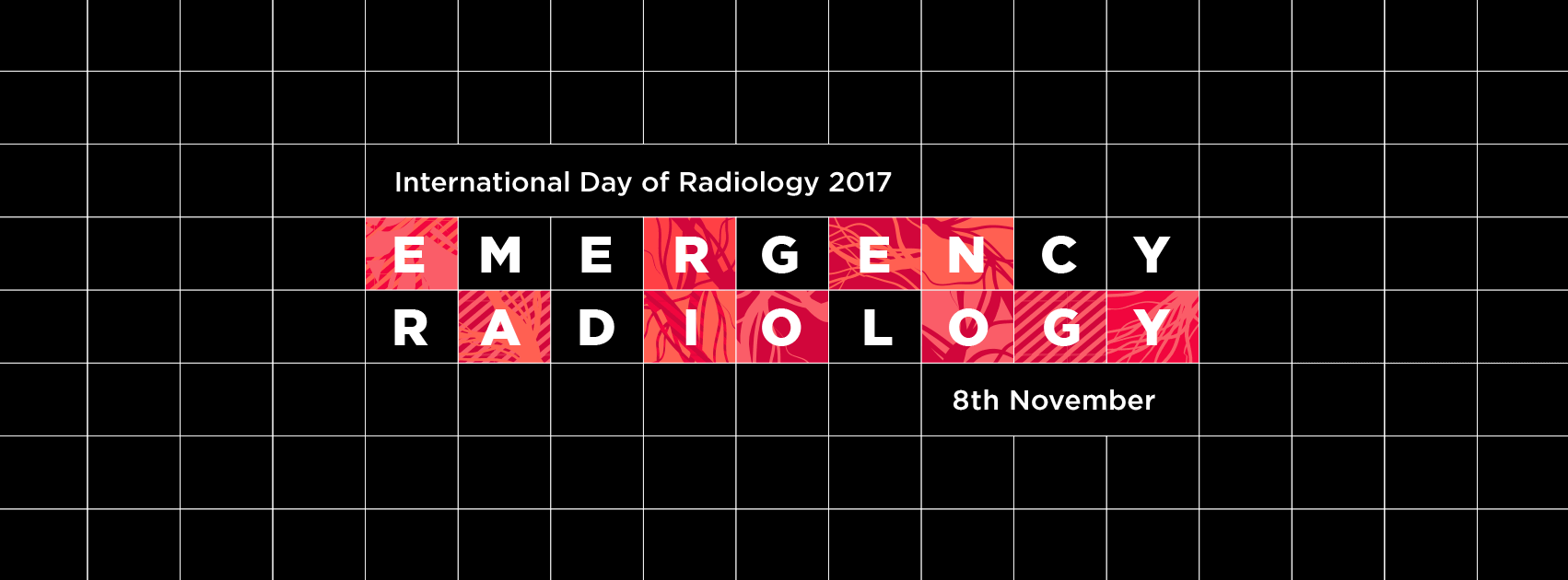Teleradiology may diminish the use of ultrasound and reduce radiologists’ skill in its use says French expert
This year, the main theme of the International Day of Radiology is emergency radiology. To get some insight into the field, we spoke to Dr. Kathia Chaumoître, professor and head of the radiology department at North Hospital, Aix Marseille University, France.
European Society of Radiology: Could you please describe the role of the radiologist in a typical emergency department in your country?
Kathia Chaumoître: There are constant interactions between the emergency department and the imaging department. The radiologist is involved in every aspect of patient management: discussion about indication, choice of the best imaging technique, realisation or management of the examination, interpretation and transmittal of results.

Dr. Kathia Chaumoître is professor and head of the radiology department at North Hospital, Aix Marseille University, France.
ESR: What does a typical day in the emergency department look like for a radiologist?
KC: There is not always a dedicated team of radiologists for emergencies during the day. That depends on the size of the institution. Emergency imaging can be mixed with scheduled examinations, or it can be separated, with dedicated CT or MRI scanners. On nights and weekends there is a radiologist on site or on call for ultrasound, CT and MRI. There also are specific teams for interventional radiology, interventional neuroradiology and paediatric radiology, in the case of a teaching hospital.
ESR: Teamwork is crucial in an emergency department. How is this accomplished in your department and who is involved?
KC: In my department, all radiologists are involved in emergency work as part of their schedule. There is a dedicated CT unit for the emergency department (and two additional CT units for scheduled exams); two conventional x-rays rooms in the emergency department, one each for adults and children; and two ultrasound emergency rooms, one for adults and one for paediatric emergencies. Also, there are dedicated time slots for emergency MRIs.
